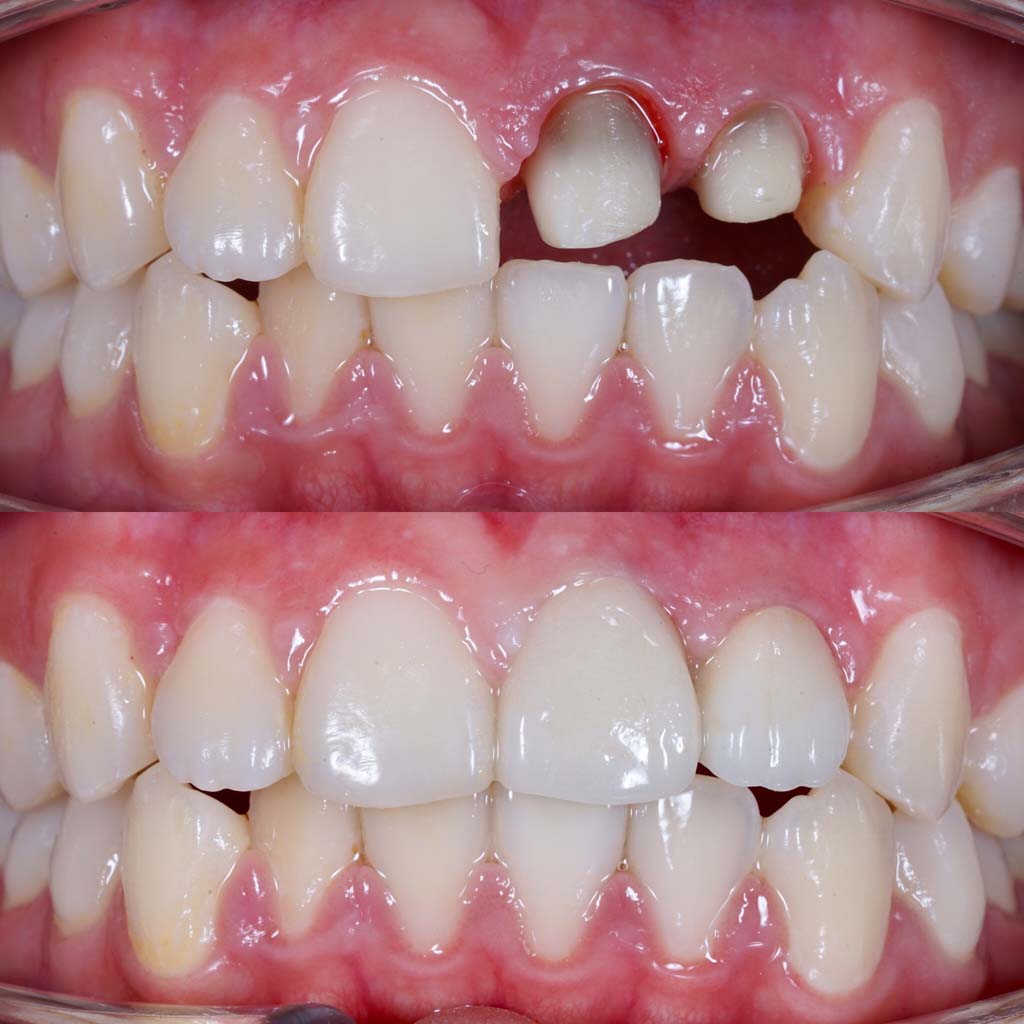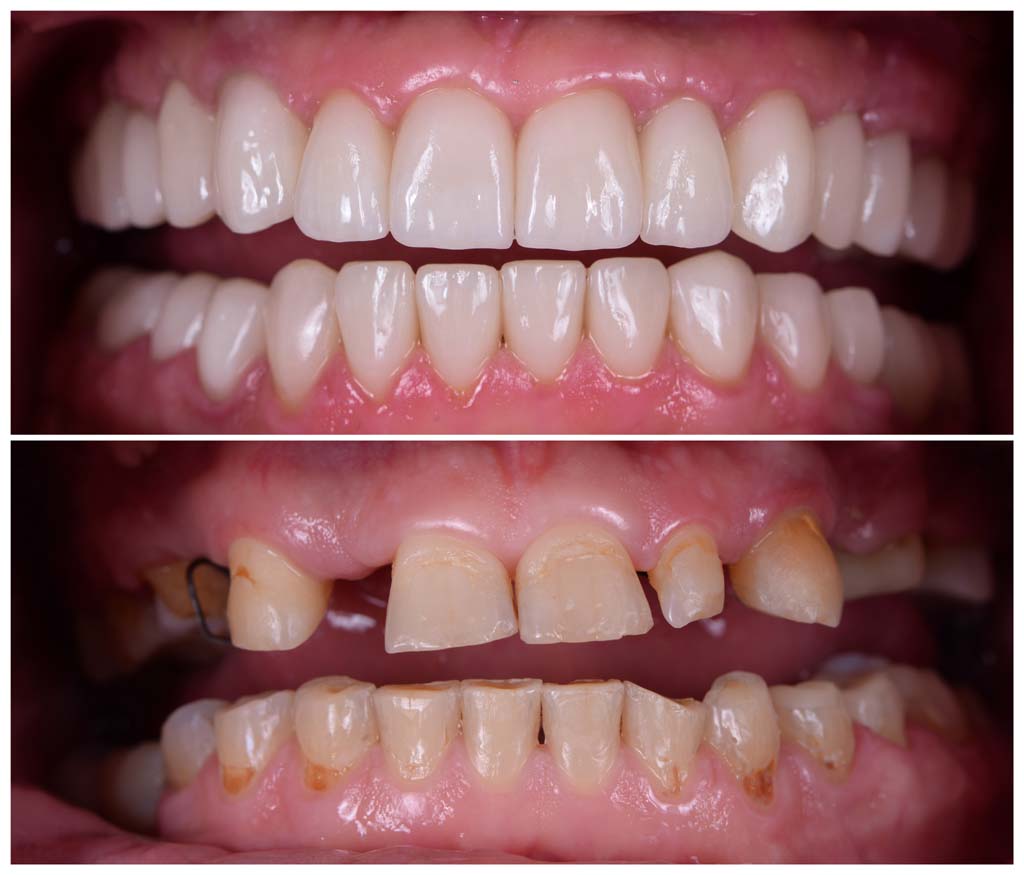What are Crowns?
Dental crowns are restorative dental appliances that have been made to fit on a decayed or damaged tooth so as to provide it with an aesthetically pleasing, functional and structural form. They are unique and manufactured to fit individual patients’ teeth; they cover most of the crown of a tooth that is visible in the mouth once the gum margin has been trimmed.
A crown may be made of porcelain, ceramic, metal or metal pressed ceramic, or any other customarily used material. The nature of the material used depends on where the tooth is, the extent of the damage, the look the patient wants, or requires.
First, the dentist will take some time to sharpen the tooth to enable fitting of the crown through the process of ablation. An impression of the prepared tooth and adjacent teeth is also made and an appropriate crown given to the dental laboratory for fabrication.
Sometimes to have earlier protection of the tooth prepared for a permanent crown, a temporary crown is placed in the meantime. In the end, the permanent crown is prepared and as soon as it is ready, the patient goes back to the dentist because the dentist will check on the fitting, the shape, and even the color of the crown and then cement it firmly into position.

Dental crowns can be used to:
- Restore severely decayed or damaged teeth.
- Protect weakened teeth from fractures or additional damage.
- Cover teeth with extensive fillings when there is insufficient tooth structure left.
- Secure dental bridges by covering the adjacent supporting teeth.
- Enhance the appearance of misshapen or discolored teeth.
- Cover dental implants to replace missing teeth.
With proper oral hygiene and regular dental check-ups, dental crowns can last for many years, ensuring both durability and functionality for the treated teeth.

What are Dental Bridges?
Dental bridges are a restorative dental solution designed to replace one or more missing teeth. They work by “bridging” the gap left by the missing teeth. A typical dental bridge consists of two or more crowns placed on the adjacent natural teeth or implants, known as abutment teeth, with an artificial tooth or teeth, called pontics, filling the gap in between.
To prepare for a dental bridge, the dentist will remove a small amount of enamel from the abutment teeth to create space for the crowns. These crowns act as anchors, providing stability and support for the bridge. The pontics are custom-designed to match the color, shape, and size of your natural teeth, ensuring a seamless and natural-looking smile.
Dental bridges can be made from various materials, such as porcelain, ceramic, metal alloys, or a combination. The choice of material depends on factors like the bridge’s location, aesthetic preferences, and the patient’s needs.
The process of placing a dental bridge typically involves taking impressions of your teeth, which are sent to a dental laboratory to fabricate the bridge. A temporary bridge may be fitted while the permanent one is being made. Once the final bridge is ready, it is cemented into place, restoring the appearance, function, and alignment of your teeth.
Benefits of dental bridges include improved bite and chewing ability, enhanced speech, prevention of adjacent teeth from shifting, and a boost to your smile and facial appearance. Bridges also help distribute bite forces evenly and maintain the natural shape of your face.
Maintaining good oral hygiene is crucial to ensure the longevity of your dental bridge. Regular brushing, flossing, and dental check-ups are essential to prevent decay and gum disease and to keep your bridge in optimal condition.